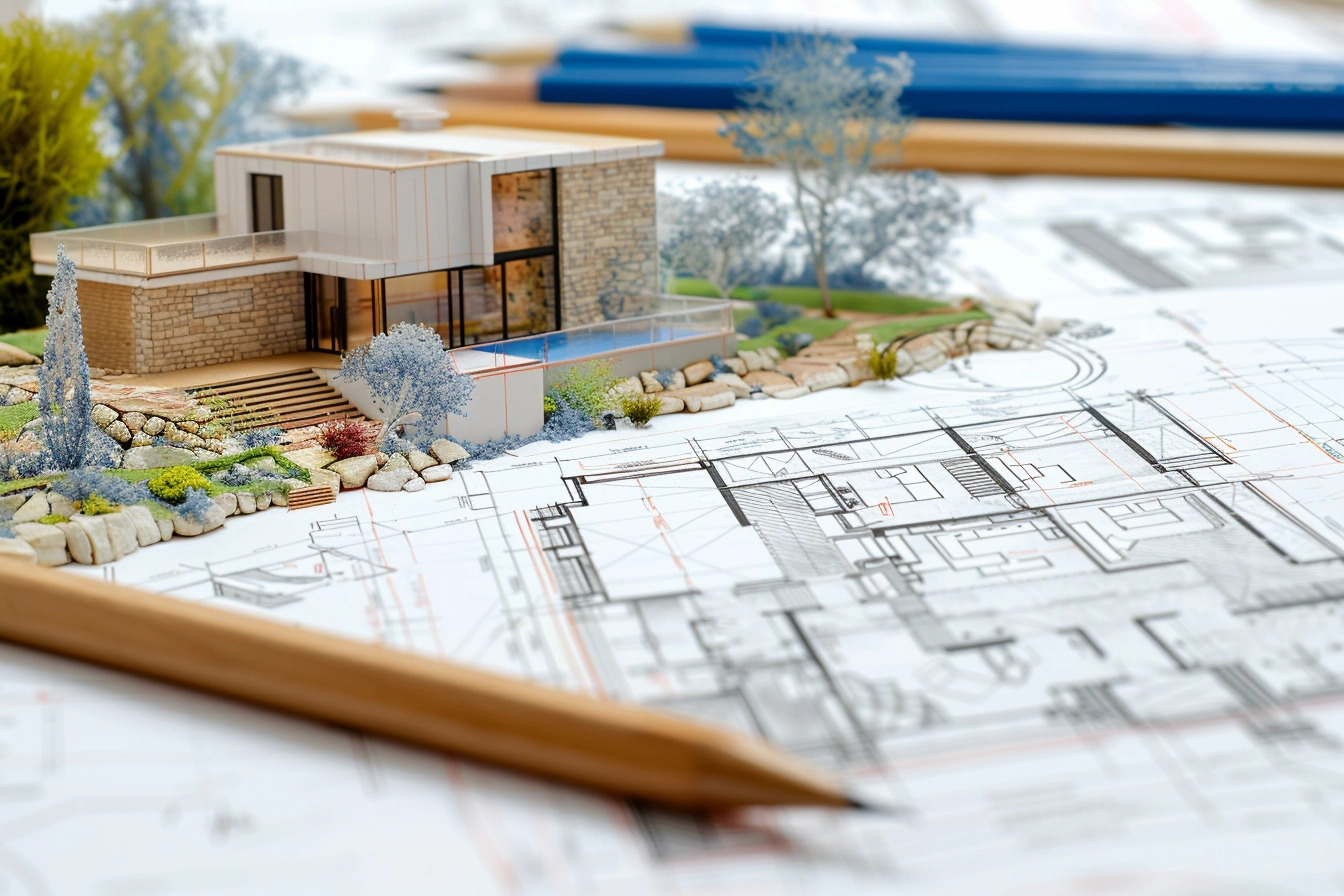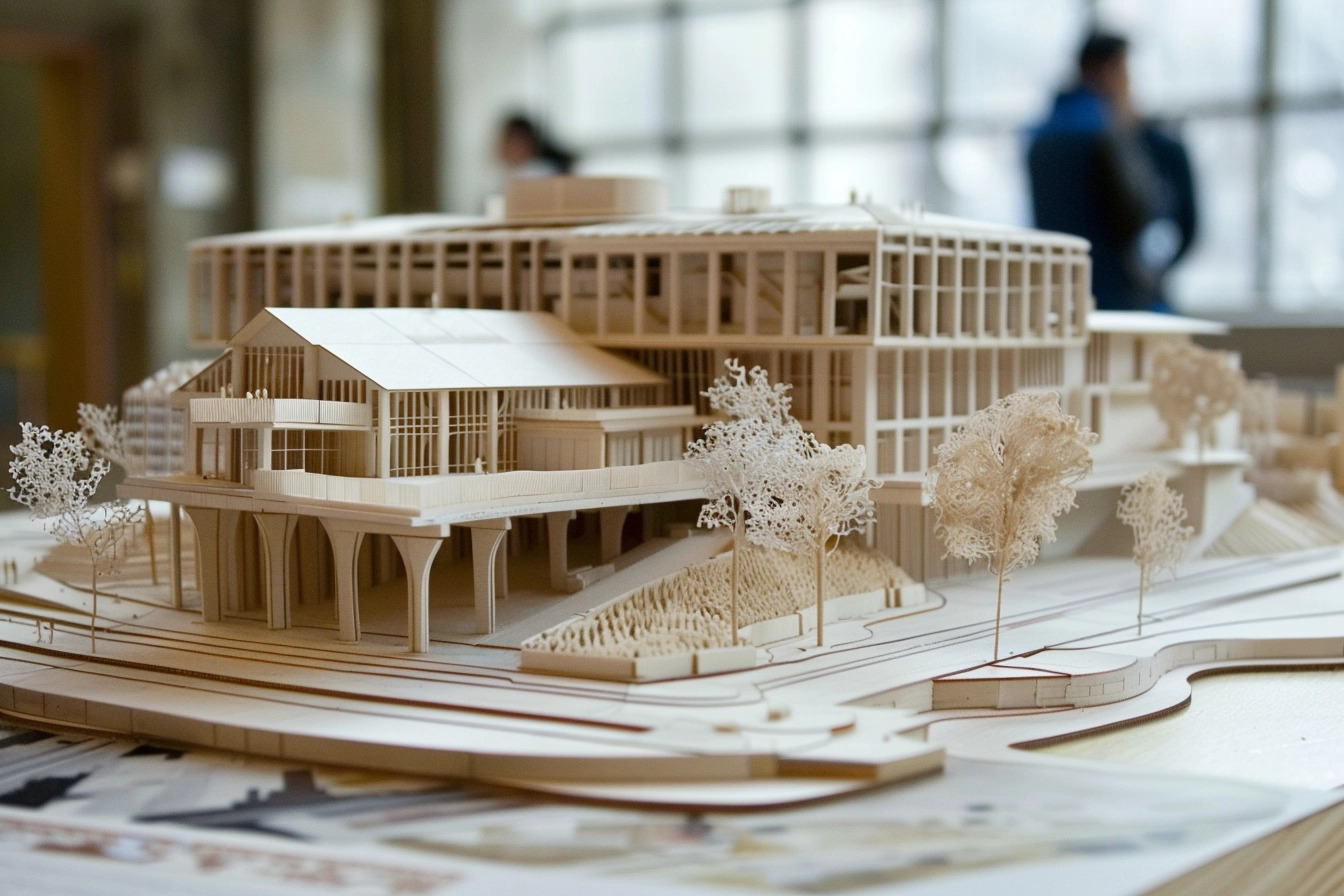- Home
- Articles
- Architectural Portfolio
- Architectral Presentation
- Inspirational Stories
- Architecture News
- Visualization
- BIM Industry
- Facade Design
- Parametric Design
- Career
- Landscape Architecture
- Construction
- Artificial Intelligence
- Sketching
- Design Softwares
- Diagrams
- Writing
- Architectural Tips
- Sustainability
- Courses
- Concept
- Technology
- History & Heritage
- Future of Architecture
- Guides & How-To
- Art & Culture
- Projects
- Interior Design
- Competitions
- Jobs
- Store
- Tools
- More
- Home
- Articles
- Architectural Portfolio
- Architectral Presentation
- Inspirational Stories
- Architecture News
- Visualization
- BIM Industry
- Facade Design
- Parametric Design
- Career
- Landscape Architecture
- Construction
- Artificial Intelligence
- Sketching
- Design Softwares
- Diagrams
- Writing
- Architectural Tips
- Sustainability
- Courses
- Concept
- Technology
- History & Heritage
- Future of Architecture
- Guides & How-To
- Art & Culture
- Projects
- Interior Design
- Competitions
- Jobs
- Store
- Tools
- More
Explaining the Architectural Design Process: Guide for Students

Diving headfirst into the world of architectural design can be daunting, especially for those just transitioning from basic design and other preparatory subjects. But don’t fret, we’re here to guide you through this intricate process. This article aims to demystify the architectural design process for beginners, focusing on the methodology followed in Architecture Schools across India.
We’ll walk you through the stages of architectural design, from pre-design to post-design, shedding light on the various elements involved, such as project introduction, requirements, and space planning. Remember, the approach to design can vary, and it’s often subject to the respective school’s philosophy and methodology. So, buckle up, future architects, as we embark on this enlightening journey together.

Table of Contents
ToggleUnderstanding the Architectural Project Design Process
Architectural projects are multifaceted and intricate, demanding a comprehensive and systematic approach to ensure robust outcomes. A structured design process is essential as it introduces a gradual and logical progression to the tasks and ensures a streamlined workflow. Notably, it bridges the gaps between students’ theoretical knowledge and practical application, proving essential for aspiring architects.
Let’s dive into several key stages of this process to provide a better understanding for architecture students.
The Significance for Architecture Students
For budding architects, layouts and sketches are just the beginning. A deeper understanding of the step-by-step design process cultivates the ability to transform theoretical principles into tangible structures. This knowledge enhances problem-solving skills, nurtures creativity, and assists in communicating designs effectively. Furthermore, it instills a vital appreciation of the relationship between design decisions and their subsequent impact on construction, function, and sustainability.
Design phases aren’t merely a sequence of events, but a cumulative process where each step informs and refines the next. Therefore, a well-rounded education including these stages equips students with a solid professional foundation. It enables them to deliver outstanding designs, from the first napkin sketch to the final building completion, instilling confidence and credibility for their future careers in architecture. Whether designing a cozy home, a modern office, or an eye-catching cityscape, understanding and implementing the phases of architectural design process is paramount in creating results in line with clients’ desires and functionality requirements.

Key Stages in the Architectural Design Process
To truly grasp the complexity and artistry of architectural design, the understanding of each phase in its process becomes paramount. Here, we dissect this process into its key stages, shedding light on what each entails and its importance in the grand scheme of a project.
Pre-Design Phase: Laying the Groundwork
Before a pen hits paper, or a mouse clicks a design software, architects go through the pre-design phase. During this stage, we establish a comprehensive program inclusive of client qualifications, project requirements, budget constraints, and regulatory parameters. Field observations and site analysis also occur at this phase, helping us understand the project’s location, conduct possible studies, and assess how these aspects might influence or dictate our design.
Schematic Design: Translating Ideas into Plans
Following the groundwork setup, we transition to the Schematic Design phase to manifest ideas into tangible plans. This adaptive and collaborative process includes several meetings where we utilize sketches, models, and images to present concepts and spatial relationships. It’s an interactive process where client feedback plays an integral role in refining parents until a concordant design direction emerges for further development in succeeding stages.

Design Development: Refining the Concept
Once we have an agreed-upon schematic design, we delve into the Design Development stage. This phase focuses on refining the selected concept, taking into account specific materials, design details, and coordination of different building systems such as structural, electrical, and mechanical. Here, we integrate and finalize the project’s aesthetic, functional, and technical aspects, translating the concept into a crystallized design.
Construction Documents: Finalizing the Design
The Construction Documents phase, as the name suggests, focuses on preparing detailed documents to facilitate the project’s construction. These documents serve as the blueprint of the agreed-upon design and include complete sets of architectural drawings and specifications. They provide comprehensive instructions for the construction team, informing every aspect of the project, from the overall layout down to the finest detail.
Bidding and Negotiation: Preparing for Construction
With construction documents in hand, the Bidding and Negotiation stage commences. Here, we distribute the documents to potential contractors for bidding. During this phase, we assist clients in reviewing proposals, negotiating terms, and selecting a contractor that aligns best with the project’s requirements and expectations.

Construction Administration: Supervising the Build
As the built form begins to materialize during the Construction Administration phase, our role shifts towards supervising and coordinating the construction process. We act as a liaison between the client and the contractor, addressing information requests, verifying adherence to the design plan, and ensuring the project’s smooth execution. This ongoing oversight allows for timely identification and resolution of potential issues, thereby upholding the design’s integrity from inception to completion.
Moving through these key stages of the architectural design process serves as a guiding framework for aspiring architects, bridging the realms of theoretical knowledge and practical application. Each stage brings its challenges and triumphs, all of which contribute to the dynamism and beauty inherent to the field of architecture.

Skill Development Through the Design Process
Navigating Challenges and Solutions
Firstly, it’s central to accept and understand that challenges present themselves as part of any architectural design process. For students, these challenges can come in various forms, and one common issue is struggling to advance a project from conception to execution. This struggle, though often seen as problematic, actually serves as a necessary step in learning and growth. Here, it’s not primarily about producing breath-taking structures, but the understanding of the process involved in getting to that stage. Closing in on those blind spots can pave the way for better problem-solving and decision-making skills.
Moreover, it’s noteworthy to say that the main predicament is usually not knowing how to address a project struggle when it arises—something students often express to instructors. Consequently, the art of breaking down a problem and promptly finding suitable solutions is a skill earned and nurtured through taking on different projects with varying scopes and complex elements.

Building Professional Competencies
Often, architecture students focus on the project, forgetting that the process equally holds significant learning prospects. We see the project as the main act, but the process backstage often directs the major play. It is in this process that professional competences are built, refined, and established. It involves steps such as talking, observing, sketching, reading, capturing meaningful patterns, and a robust passion for the craft, which are core components of the process.
Specifically, these competences help the students objectively test ideas and concepts, which in turn aids progression and refinement of the overall design. The path to becoming a resourceful architect involves a series of iterations, influenced and guided by the design process. Through this, students develop the ability to approach projects objectively, thereby enabling them to build strong and successful projects in the future.
The detailed design stage signifies a critical part of the process of developing these competences. It is during this stage that the design layout is completed, the dimensions of all spaces are finalized, and most materials are selected. Having such skill set does not only improve the chances of project success, but also ensures a continuous cycle of knowledge application and skill improvement. Emphasizing and internalizing these steps gradually transform aspiring architects into exceptional professionals.

Conclusion
In diving deeper into the complexities of the architectural design process, one quickly perceives that it’s not a linear journey. Its iterative nature sparks a profound shift in the way students interact with their projects. They transition from creating a static design to an active reevaluation and refinement, similar to sketching over existing drawings or diagramming concepts side by side. It’s paramount to mention, these strategies embrace mutual exclusivity—neither assumes superior status in the design process.

There’s a rich diversity in the range of strategies a student deploys in this process. The initial thesis a student sets out to argue in their project exerts a profound influence on the design process. The maturity of design thinking isn’t just about learning how to construct a building. It’s about developing the problem-solving skills and decision-making abilities essential to effectively navigate through design challenges—skills that don’t simply rely on structural knowledge, but also on an in-depth understanding of the iterative process.
To encapsulate, immersive, hands-on experiences play a pivotal role in shaping aspiring architects. Take, for instance, the “Brick Curtain House” by the Design Work Group or “VIA 57-West” by Bjarke Ingels Group. These case studies exemplify the transformative power of detailed design exploration, showcasing an uninterrupted dialogue between the designer’s idea and the final product. It’s through such iterative exchanges that students gradually cultivate their competencies and grow into proficient professionals, prepared to navigate the competitive landscape of architecture.
Submit your architectural projects
Follow these steps for submission your project. Submission FormLatest Posts
10 Interesting Facts About Zaha Hadid
Zaha Hadid was a visionary architect whose fluid forms, bold experimentation, and...
Online 3D Terrain Mapping Tools for Urban and Landscape Design in 2025
A curated guide to the best online 3D terrain mapping tools in...
Common Emergency Repairs Every Homeowner Should Be Ready For
For most of us, when something goes wrong, we have a propensity...
Designing, Retrofitting, and Valuing Non-Standard Homes in Britain
Britain’s housing stock carries a quiet contradiction. From the street, many homes...












Leave a comment